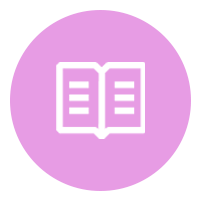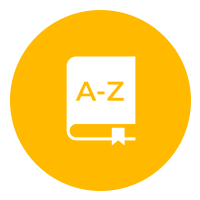Close The Gaps And Achieve Reading Goals
With the Award-Winning app for K-6. Unlock your child’s reading potential in 90 days.*
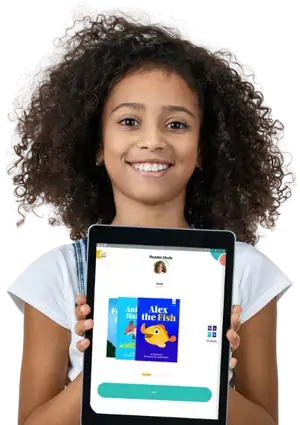
Awards & Partners
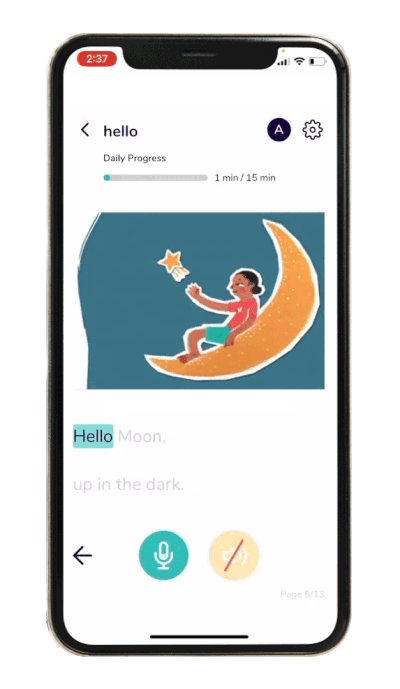
Improve Reading
Students' abilities progress while they read out loud and receive real-time feedback and assessment from our interactive voice-based AI tutor.
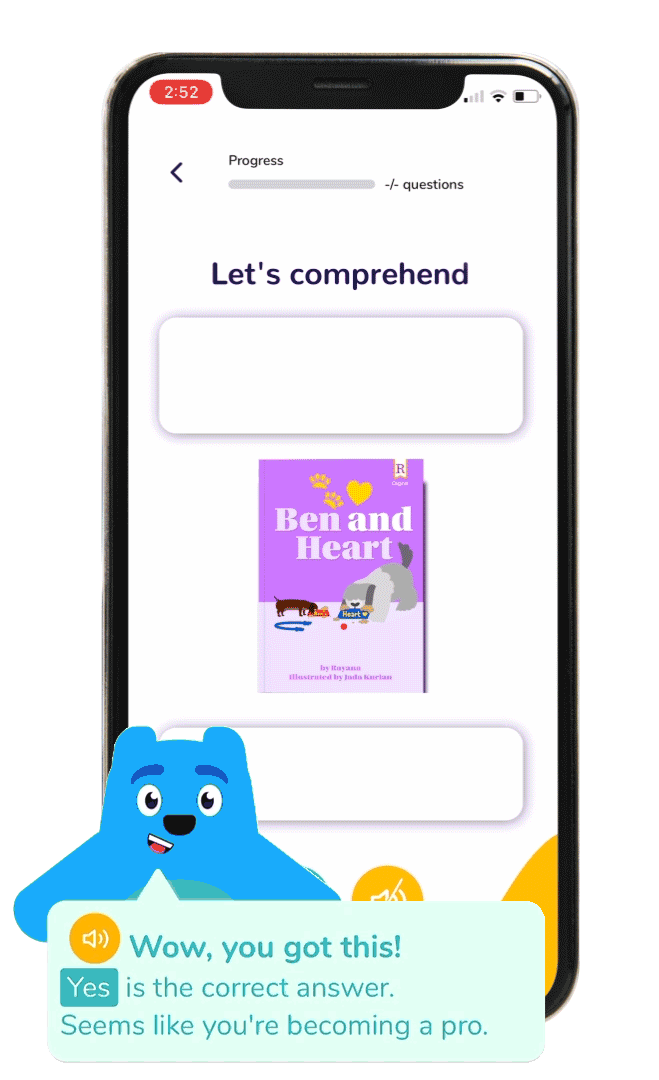
Gain Comprehension
Watch their concentration and comprehension develop as they actively engage in critical thinking - preparing them to excel in every academic subject.
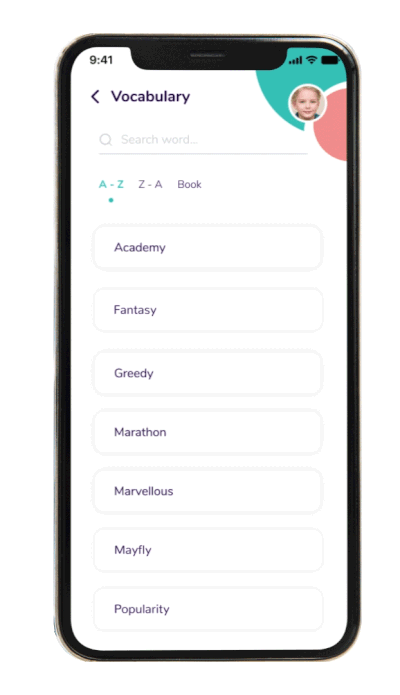
Build Vocabulary
We give your child the right words at the right time so they are always engaged and progressing. At each grade level, they will learn tons of new words, their meanings, and correct pronunciations.
A 1-on-1 Tutor & So Much More
Fully Interactive
Our industry-first comprehension AI Interactive Voice-based Questions & Answers (IVQA™) provides the effectiveness of 1-on-1 tutoring. By prompting, correcting, assessing, and encouraging young readers to ensure they fully understand the material.
Track Progress
When using Readability in a blind study, our app shows parents quantifiable improvement and offers detailed daily and weekly reading reports. The Progress Dashboard includes reading history, reading times, accuracy, comprehension, as well as speed.
Storytime
Help your child improve their skills and foster a lifelong love of reading. Storytime introduces your children to new sounds and words. It also develops early literacy skills that enhance their focus and concentration.
Responsive Reading
Advanced Speech Recognition AI provides support and listens as your child reads. Our Smart Reading Program automatically selects the right reading material for each child to minimize reading struggle and maximize improvement.
Vocabulary Lists
While reading, long-press on any word to show its pronunciation, meaning, and is automatically added to their Personalized Vocabulary List. Each list is neatly organized A-Z to further practice, review, and perfect new or difficult words.
Family Affair
With access to 3 readers per account it is easier than ever for you to get your whole family reading. Each reader has an individual Progress Dashboard so you can keep track of each child’s progress and reading goals.

The library is filled with fiction and nonfiction titles that are fun and engaging! I love that this app builds confidence and the love of reading. It even helps when your child doesn’t know a word. I love that I can track her progress within the app and see things like comprehension, reading duration and average accuracy!
Eloisa


What I loved about this app is that Readability really allows your child to read books and passages that are at a level they are at. The book highlights the words your child is supposed to be reading aloud and as it listens to your child’s words it will help them along too. This is a great app I highly recommend.
Chris


Easy process to get started and get kiddos reading. The stories are fun and targeted appropriately for each grade level. The voice recognition technology is really neat as it picks up whether you're reading aloud the correct word with the proper enunciation. My son just turned 5 and was already beginning to read before starting Kinder, and this app is a great way for us to reinforce learning and to help him retain information!
Amber


I learned about Readability through a student with autism. He stuttered and read very, very slowly. Summer rolled around and he came back in August and I called on him to read and he was a totally different student. I could not believe how well he was reading. I called his mom that afternoon and she told me about the Readability program. It was absolutely fascinating to see his progress. His confidence has improved, he’s a totally different kid!

I’ve studied educational apps and what I truly appreciate about Readability is how it’s not distracting at all. It’s easy for children to navigate and for parents to track their children’s progress. The focus is really on reading the story, being exposed to new vocabulary, and making sure children understand what they’re reading. I’ve witnessed first-hand how engaging this app and the stories on this app truly are.

Things I really love about readability are that it gives the child the opportunity to learn at their own pace without the pressure and expectations. It helps relax the child and promotes internal motivation and success in the child, rather than self-doubt and anxiety that can come from having to do all these things in one go.
Real Measurable Impact
Readability shows quantifiable improvement and details your child’s reading development.

92,337
Students Engaged
640,456
Books Read
3.42M+
Minutes Read
 | Tutors | After School Programs | |
|---|---|---|---|
| Reading with Real-Time Help |  |  | |
| Comprehension with IVQA | |||
| Track Each Child’s Progress Individually In a Progress Dashboard | |||
| Personalized Reading Selections | |||
| Individual Child Schedules & Goals |  |  | |
| Fun & Educational Grade-Level Content |  |  | |
| Includes 2 Additional Readers |  |  | |
| Alerts That Your Child Is Reading | |||
| Develop Early Literacy Skills |  | ||
| Cost | $19.99 /mo. | $45-$80 /hr. | $100-$200 /mo. |
Help your child succeed!
Available on:
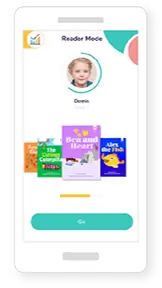
Smartphone
iPhone & Android
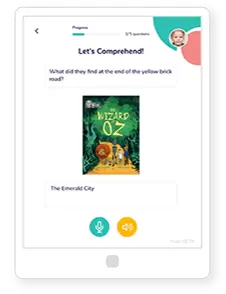
Tablet
iPad & Tablet
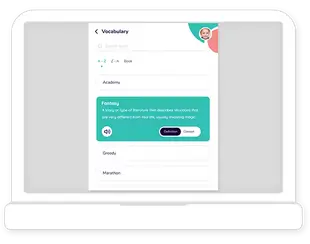
Laptop
Chromebook & MacBook



 Español
Español

